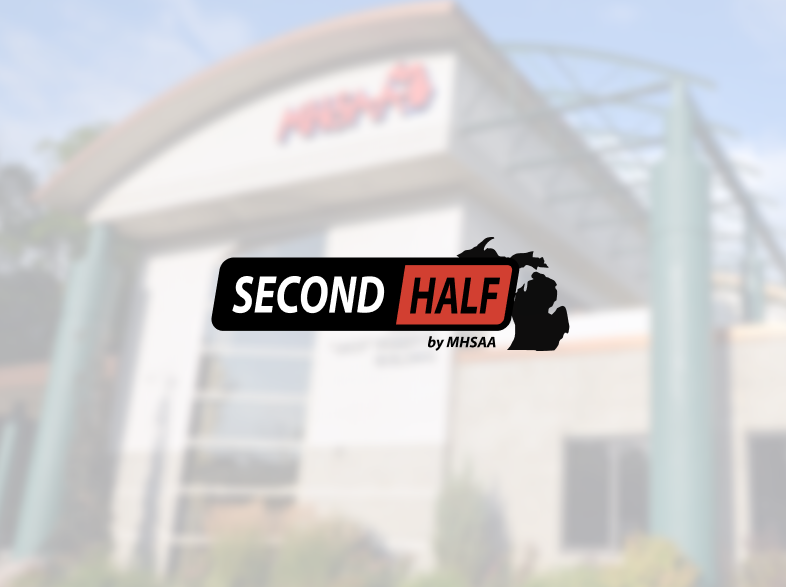
Our Environment at Risk
October 18, 2011
My wife and I are passionate travelers. We plan our own trips and we read about the history, music, art, government and food of the places we plan to visit. I struggle to learn a few phrases to get by in other languages.
No matter how cramped airplanes have become and no matter how compromised we feel as we shed our belongings and submit to the frisking and fondling of airport security, we remain enthusiastic planners and pilgrims. And the more exotic the destination, the more excited we are.
As we have traveled, it has been impossible to escape the realization that civilizations rise and fall; and it’s impossible to avoid the conclusion that one of the most compelling reasons why civilizations fail is that they ruin their environments.
Some civilizations have done this to themselves, poisoned their own environs; while other civilizations saw their environments contaminated by foreign influences. Some were invaded by brute force; others peacefully introduced new customs or germs that weakened the people or their flora or fauna.
It is one or more of these influences that caused the Mayans, who built structures that still stun 21st century engineers, to be reduced from many millions to a few remnants.
The historical principle that civilizations collapse when their environments are contaminated is worth considering for our little niche in modern society: the enterprise of school sports.
We cannot expect school sports to survive – these programs can only collapse – if we ruin the environment in which school sports breathes and lives.
This is an environment of comprehensive, community-based schools.
But schools are losing both these characteristics – both their comprehensiveness and their community base.
That we have a few schools of narrow focus is reasonable; that we have a few schools of specialized populations is tolerable; that we have a few schools without strong neighborhood connection is acceptable.
However, it does our neighborhoods no good, our communities no good, our state no good, nor our nation any good – in fact, in total, it does our nation much harm – as more and more schools trend further and further in these directions.
To abandon the school with comprehensive programs serving the invested neighborhood around it does us harm: nation, state, community and child.
It is almost irrelevant that this is bad for high school athletics. It’s bad for America.

A Healthy Future
April 24, 2015

